In today’s fast-paced world, many of us find ourselves glued to our desks for extended periods of time. Whether it’s because of work demands or our love for binge-watching our favorite shows, sitting for long hours has become the norm for a lot of people.
But did you know that this sedentary lifestyle could be causing you sciatica pain in your glute? If you’re tired of dealing with discomfort every time you sit down, then this article is for you.
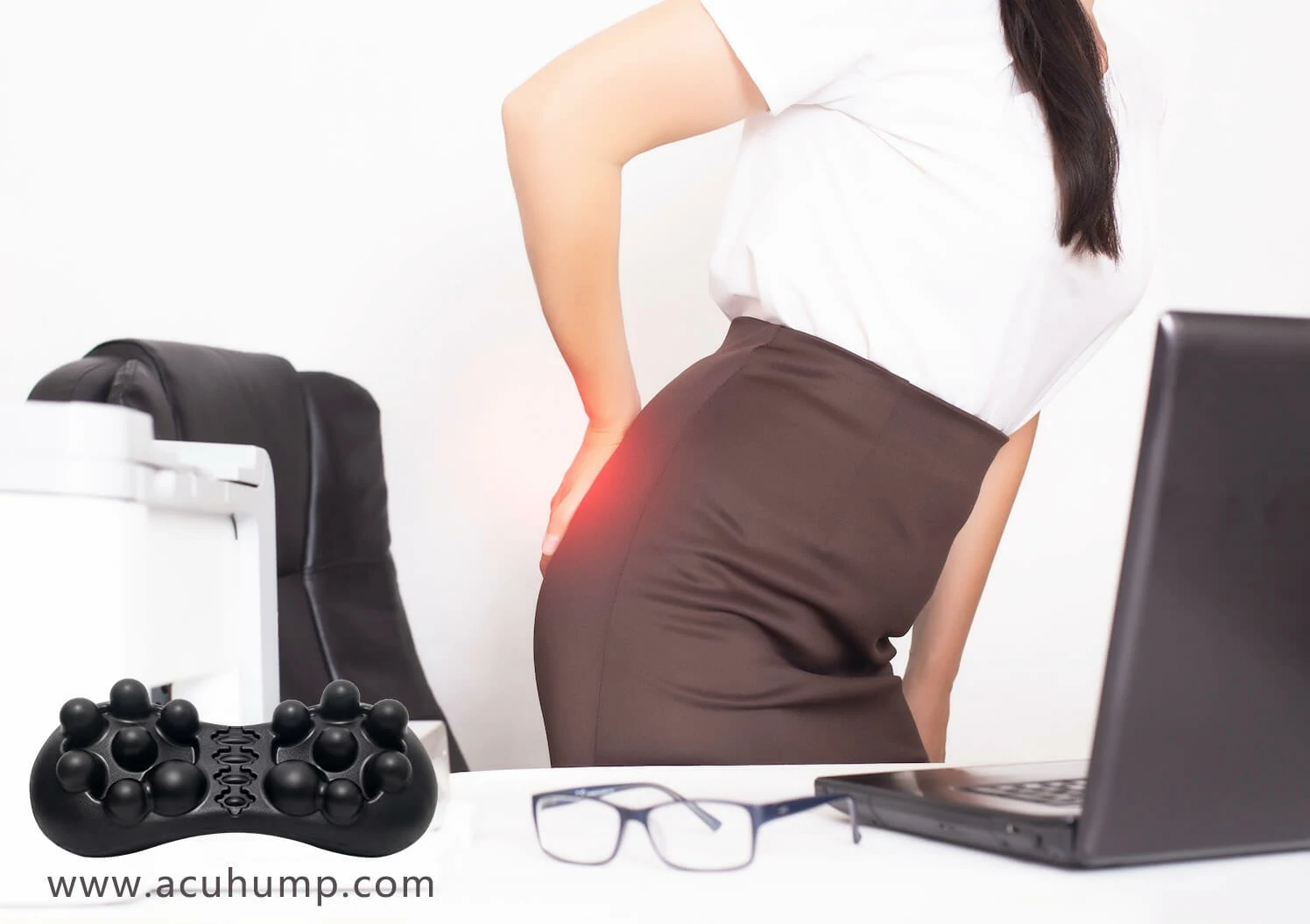
Why: Glute Pain While Sitting
Glute pain when sitting can be caused by a variety of factors. One common cause is piriformis syndrome, where the piriformis muscle in the gluteal region becomes inflamed or irritated. This can result in pain and discomfort when sitting for extended periods.
Other potential causes include deep glute syndrome, ischial bursitis, and sciatica. These conditions can be triggered by factors like prolonged sitting, poor posture, or previous injuries. It’s important to understand the underlying causes of glute pain in order to effectively address and find relief for this discomfort.
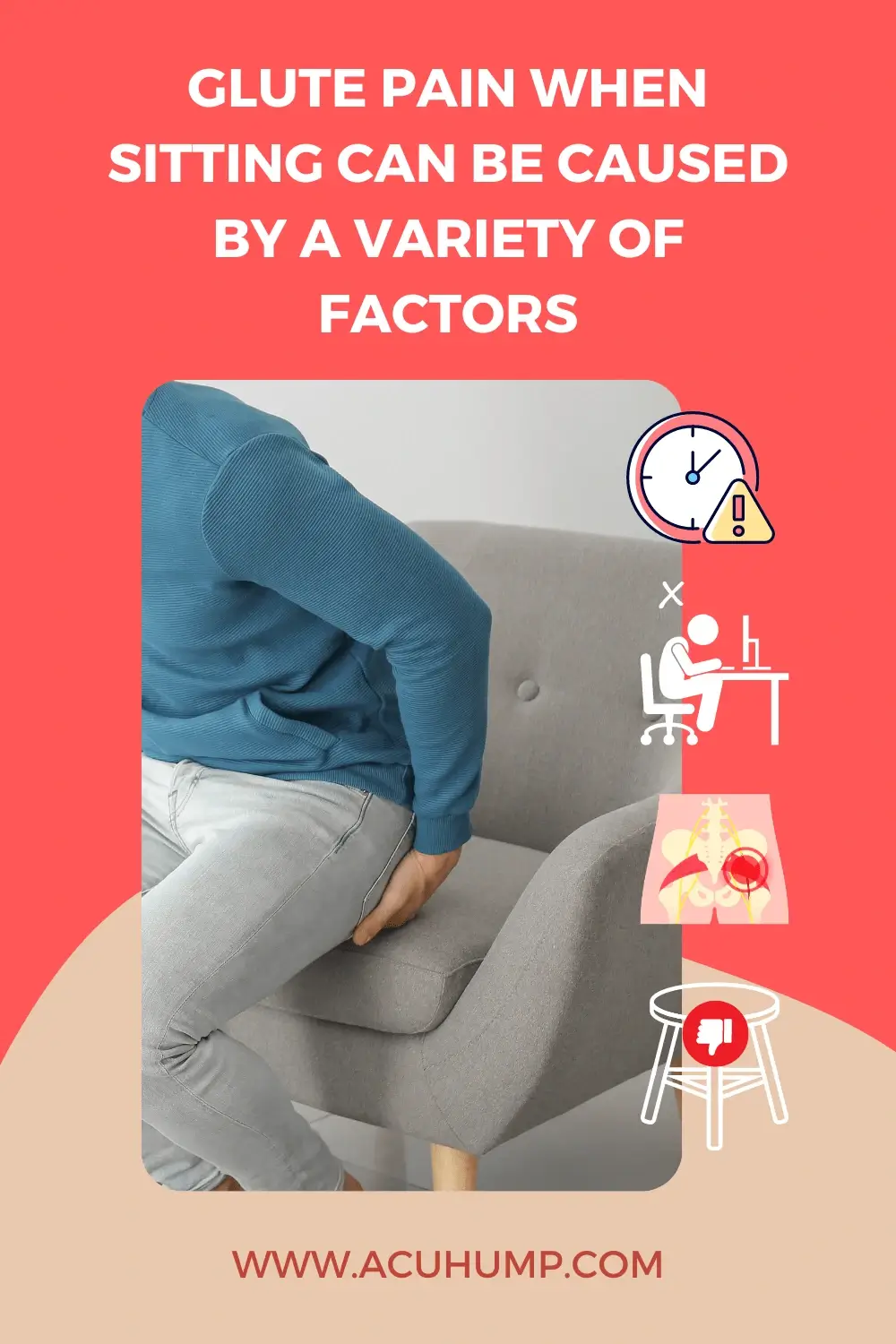
Symptoms and Diagnosis
Identifying the specific area of pain is key to understanding and diagnosing gluteal pain. Pay attention to where the pain is located in your gluteal region, whether it’s a dull ache or sharp sensation. Additionally, recognizing associated symptoms, such as numbness or tingling in the legs, can provide valuable clues to the underlying cause.
While self-diagnosis can be helpful, it’s always recommended to consult a healthcare professional for an accurate diagnosis. They can conduct a thorough examination and may order additional tests to pinpoint the cause of your gluteal pain.
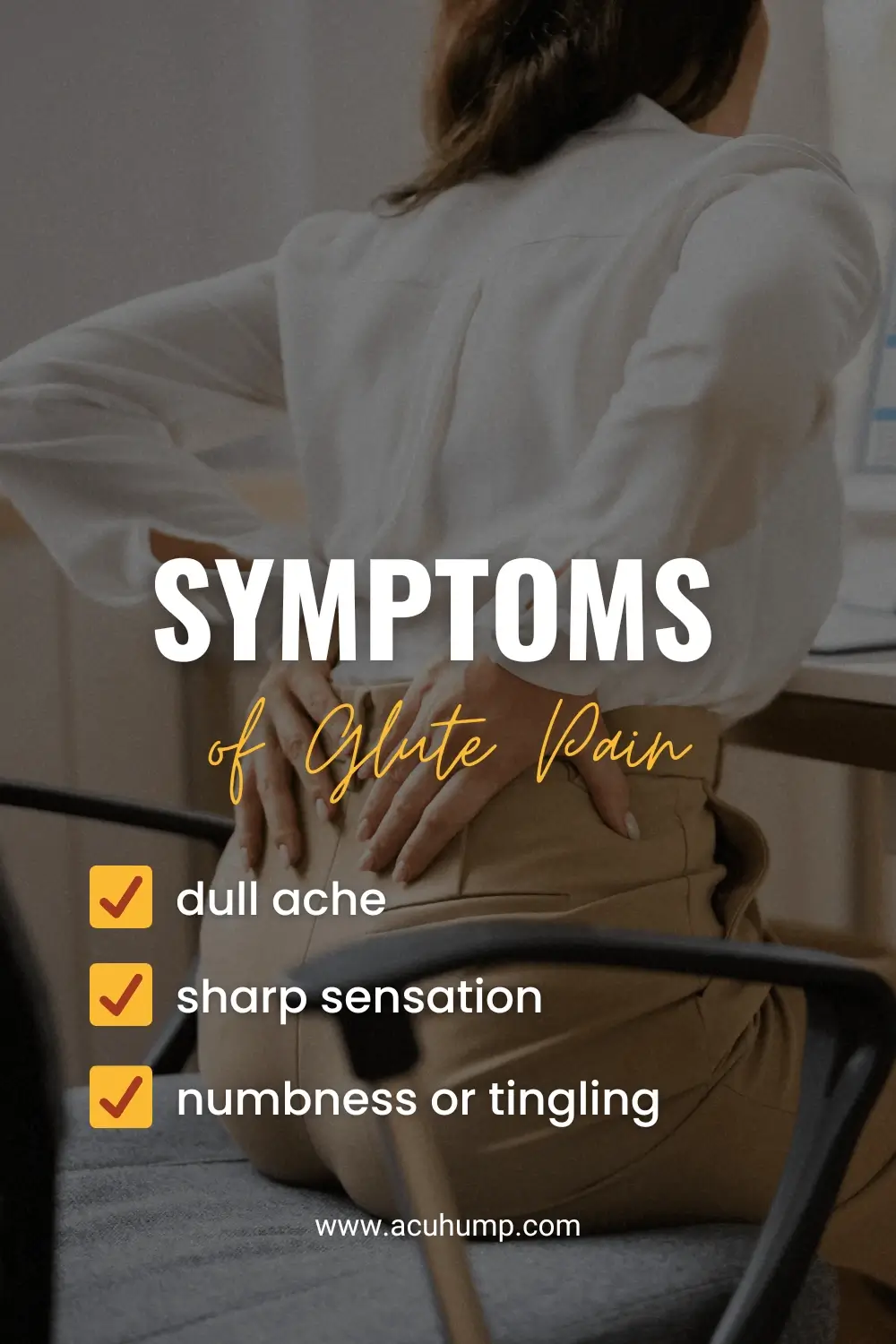
3 Issues of Gluteal Pain While Sitting
Deep Glute Syndrome
Deep gluteal syndrome, also known as piriformis syndrome, can cause pain and discomfort when sitting. The piriformis muscle, located beneath the gluteal muscles, can become tense or inflamed with prolonged sitting, resulting in compression of the sciatic nerve. This compression leads to pain, tingling, or numbness in the buttocks and legs.
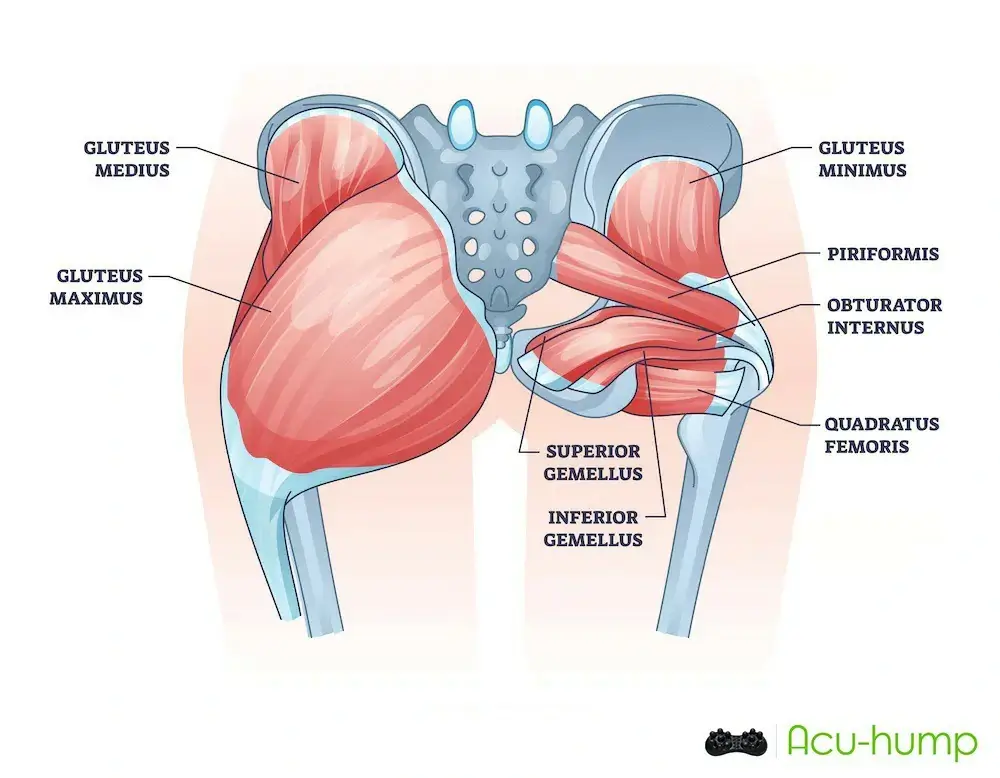
Ischial Bursitis
Ischial bursitis is a condition that involves inflammation of the bursa, a small fluid-filled sac, near the ischial region of the gluteal area. The bursa acts as a cushion between bones, tendons, and muscles, but when it becomes inflamed, it can cause pain and discomfort. Common symptoms of ischial bursitis include pain when sitting, tenderness over the ischial tuberosity (sit bone), and difficulty with activities that involve prolonged sitting or direct pressure on the area.
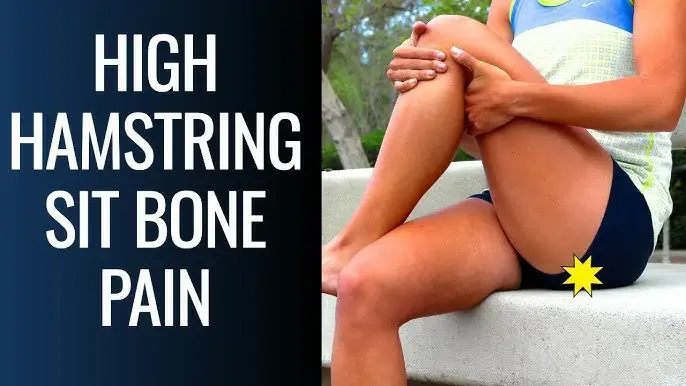
Sciatica
Sciatica is a condition characterized by irritation or impingement of the sciatic nerve, which runs through the gluteal region and down the leg. When the sciatic nerve is compressed, it can cause pain, numbness, tingling, or weakness in the gluteal muscles and down the leg.
Tips for Relieving Gluteal Pain When Sitting
If you’re experiencing gluteal pain when sitting, there are several things you can try to find relief. Incorporating stretching exercises into your daily routine can alleviate tension and tightness in the gluteal muscles.
Additionally, maintaining good posture and adjusting your workspace ergonomics can make a significant difference.
Don’t underestimate the power of ice and heat therapy either – alternating cold and warm packs can provide temporary pain relief.
Seeking Professional Help
If your gluteal pain persists or worsens, it’s important to seek professional help. A healthcare provider can offer various treatment options, such as physical therapy, medications, or in some cases, surgical interventions. They will be able to tailor a plan that suits your specific needs and help you on your journey to pain-free sitting.
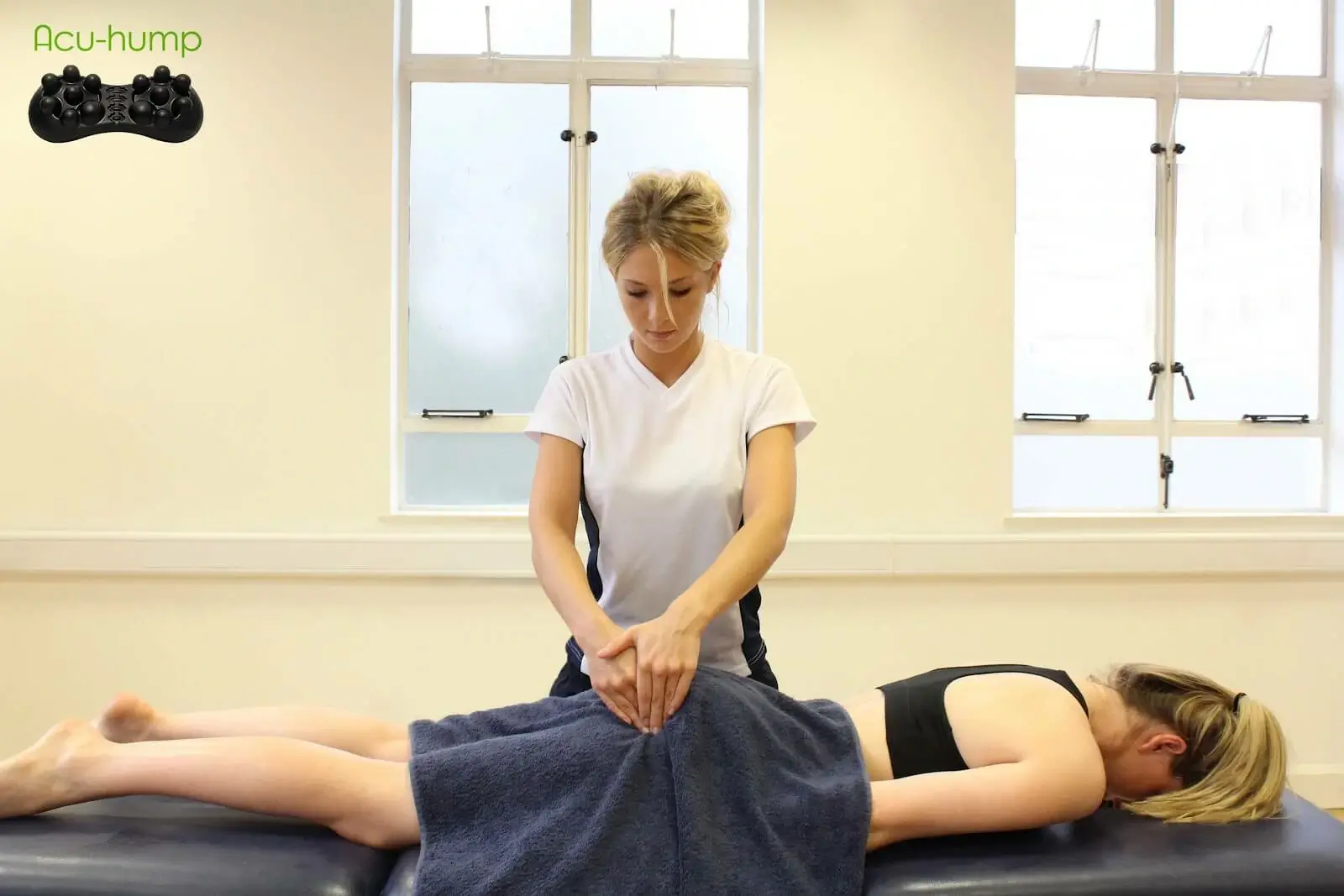
How Acu-hump Provides Relief for Seated Discomfort
The Acu-hump, an acupressure point massage device designed to provide effective relief for seated discomfort. It works by targeting the gluteal muscles, releasing tension and promoting relaxation. With its unique features, Acu-hump aims to alleviate gluteal pain and improve your sitting experience.
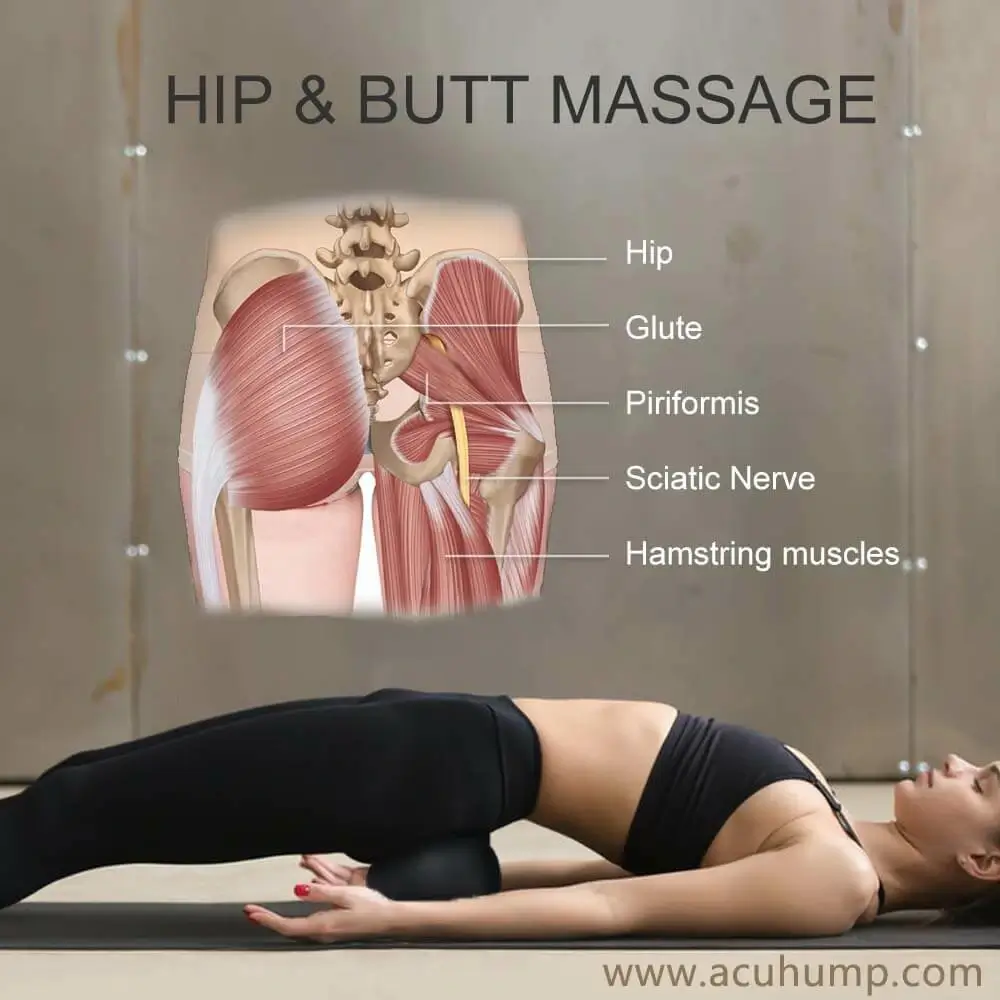
Acu-hump® Deep Massage Your Hips
Using Acu-hump for Gluteal Pain Management
Using Acu-hump is simple and effective. With a step-by-step guide, you can easily incorporate it into your daily routine. By dedicating a few minutes each day to using Acu-hump, you can experience long-lasting relief from gluteal pain.
Acu-hump® Deep Massage Your Hips
Seeking Lasting Relief with Acu-hump
The benefits of long-term use of Acu-hump are plentiful. Many satisfied users have reported decreased pain and improved comfort while sitting. Don’t let gluteal pain hinder your quality of life any longer – invest in your well-being and try Acu-hump today.
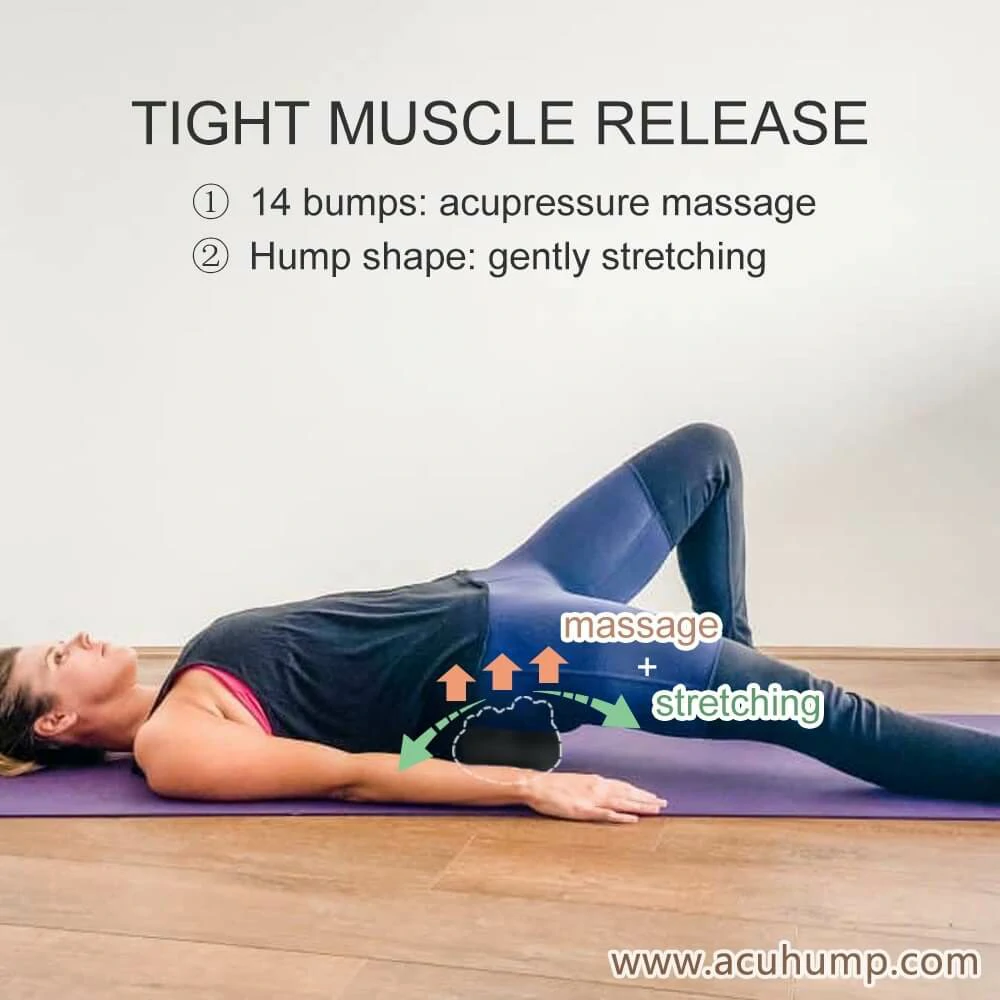
Acu-hump: 30-day return policy. No risk for you.
Get Your Acu-hump Today and Reclaim Your Comfort!
It’s time to take action and reclaim your comfort. By clicking here, you can order your very own Acu-hump and experience the difference it can make in your life. Don’t let gluteal pain hold you back – get your Acu-hump today and start enjoying pain-free sitting!
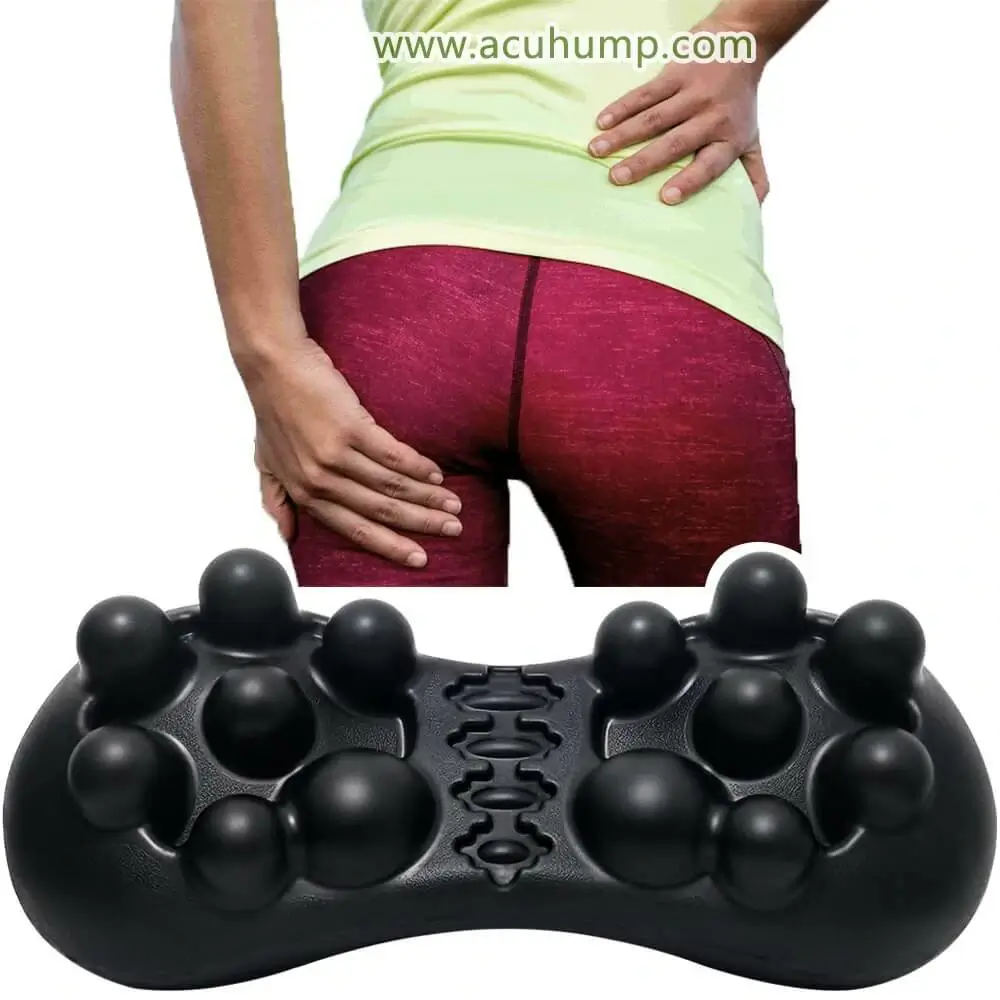
Acu-hump: Full refund policy. No risk for you.
Gluteal pain when sitting can be a real pain in the buttocks, but it doesn’t have to be a permanent discomfort. By understanding the potential causes, recognizing the symptoms, and seeking appropriate help, you can find relief. Don’t forget to incorporate glute stretch exercises, maintain good posture, and consider using temperature therapy for additional relief.
And of course, don’t hesitate to try Acu-hump for long-lasting relief and an improved sitting experience. Take control of your comfort and say goodbye to gluteal pain today!

